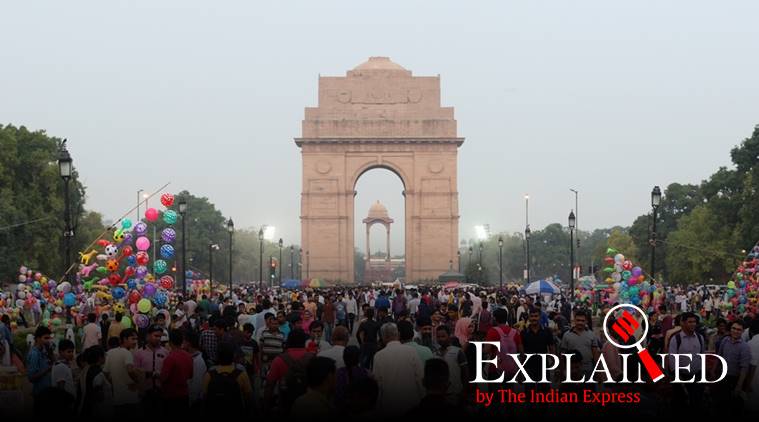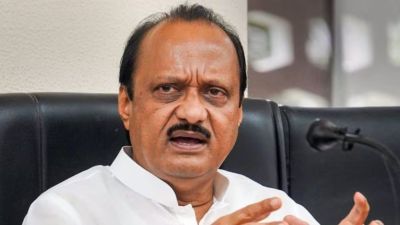Explained: ‘Developing Asia’ is urbanising faster than rest of the world
'Developing Asia' refers to a group of 45 countries that are members of the ADB
 India has 34 per cent of its population living in urban areas. (Express Photo by Amit Mehra)
India has 34 per cent of its population living in urban areas. (Express Photo by Amit Mehra)
The economic outlook update released by the Asian Development Bank last week highlighted that the number of urban inhabitants in ‘Developing Asia’ has increased “almost five-fold since 1970”. The report, tracking World Urbanisation Prospects data, also states that the two-thirds of the nearly 1.5 billion additional city dwellers in the region belonged from India and China.
‘Developing Asia’ refers to a group of 45 countries that are members of the ADB. As such, between 1970 to 2017, the urban population in this bunch of countries grew from 375 million to 1.84 billion. The region led the global increase in the urban population in this period and accounted for 53 per cent of it.
As the chart (blue bars) shows, Developing Asia urbanised faster than the rest of the world not only in terms of absolute growth, but also in terms of growth rate. Urban population in this region increased at an average of 3.4 per cent per annum between 1970-2017. This is much faster than the 2.6 per cent in the rest of the developing world – mainly Africa and Latin America – and 1.0 per cent in the developed world.

The chart (orange bars) also details the growth rate within the Developing Asia region. Here, at 3.7 per cent, East Asia had the highest annual growth rate. It is followed by Southeast Asia at 3.6 per cent and South Asia at 3.3 per cent. The Pacific saw an annual growth rate of 2.9 per cent in the urban population and Central Asia witnessed a 1.6 per cent annual growth.
However, the ADB reports states that, notwithstanding the fast growth in urban population, “developing Asia’s urbanisation rate still lagged at 46% in 2017”. Urbanisation rate means the percentage of the population living in urban areas.
The United States achieved the 46 per cent urbanisation mark over a century ago while Japan reached there in the early 1950s. But the US and Japan are far cries at the moment.
Developing Asia’s urbanisation rate in 2017 was lower than the average in other developing economies (which stood at 58 per cent) and the average in the developed economies (which stood at 81 per cent).
India, specifically, has 34 per cent of its population living in urban areas.
Don’t miss from Explained | Monsoon status report: Season of plenty for reservoirs





- 01
- 02
- 03
- 04
- 05

































